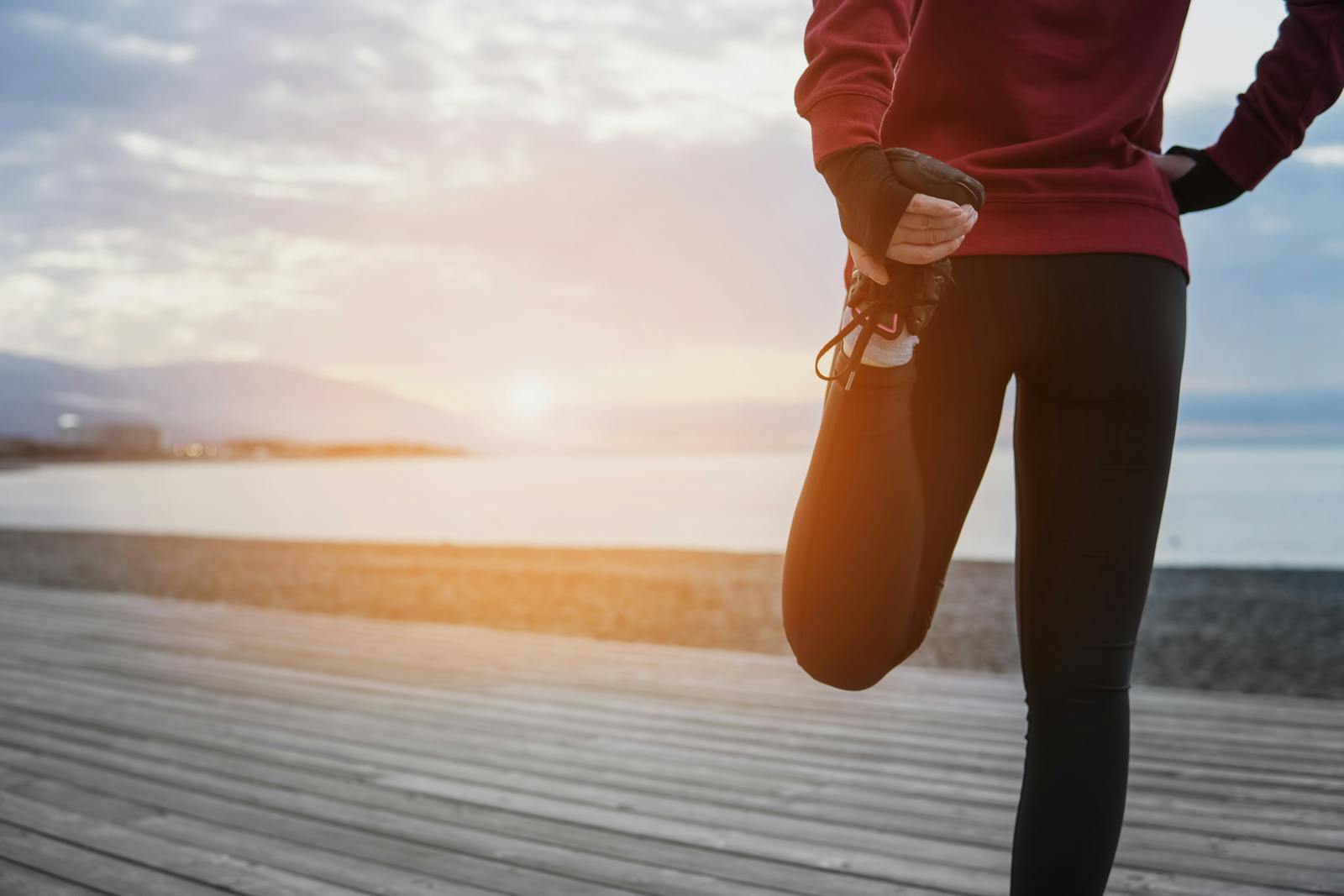When it comes to exercise and menstruation, confusion can abound. Some experts believe that exercising during periods can be beneficial, helping to counteract unpleasant symptoms, such as headaches, cramps and fatigue. Others argue against strenuous exercise during menstrual cycles, claiming that it can make these symptoms even worse.
What should you tell patients about working out during their periods?
Exercise and Menstruation: A Generally Beneficial Combination
Many women find that physical activity can help temper symptoms of premenstrual syndrome (PMS) and mitigate mood changes like fatigue and depression. The American College of Obstetricians and Gynecologists recommends that women aim for 30 minutes of aerobic activity — such as brisk walking, running, cycling or swimming — most days of the week, not just on days when PMS symptoms occur.
Indeed, research suggests that women can perform just as well physically when they're menstruating as when they aren't. In one International Journal of Neuroscience study, Turkish researchers interviewed 241 elite female athletes and found that, while most reported feeling worse just before menstruation, 62 percent said that their cycle didn't affect their physical performance, and 63 percent said that they had less menstrual pain during exercise training. Other studies have had similar findings, although severe symptoms like heavy bleeding and serious cramps are associated with worse athletic performance. In general, however, regular exercise that increases heart rate and lung function can be beneficial for women on their menstrual cycle.
A Few Caveats
Despite such benefits, there may be some risks associated with exercising during periods for women. Some clinicians believe that there is a link between menstruation and sports-related injuries, such as those involving the anterior cruciate ligament (ACL). Women are up to 10 times more likely to experience ACL injuries than men, a risk thought to be influenced by hormonal factors. One study from the Journal of Athletic Training suggests that women are more likely to injure their ACLs if they exercise during their menstrual periods.
There's something else to consider about exercise and menstruation: Although regular moderate physical activity shouldn't have an effect, excessive or extremely vigorous exercise can affect levels of reproductive hormones, sometimes leading to amenorrhea, or a lack of menstrual periods. Over-exercising can also boost the release of stress hormones like cortisol, which can also lead to amenorrhea, though some tests like ultrasound technology can help diagnose these issues.
What Patients Should Know
Staying physically active during menstruation is a patient's individual choice, but you can help guide patients to the best decision for them. In general, exercise is safe and potentially beneficial, even during menstrual periods. Be sure to warn patients of the increased risk of injury, however, and counsel them on the possibility of amenorrhea from excessive or vigorous exercise.



